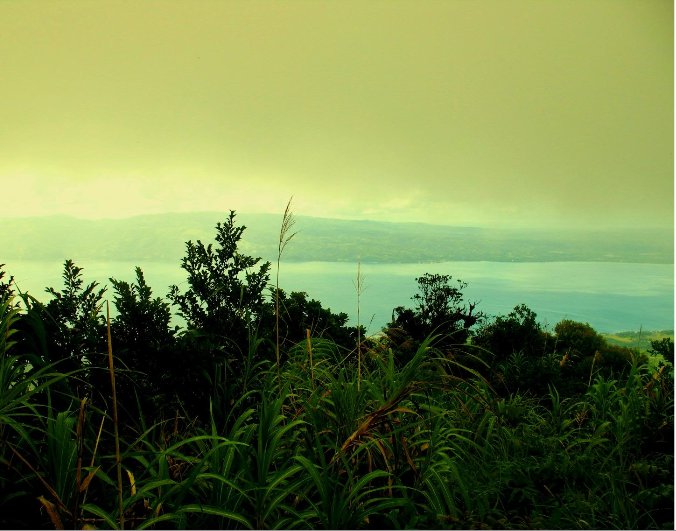Sogod Bay on:
[Wikipedia]
[Google]
[Amazon]
Sogod Bay is a large bay in the southern part of Leyte Island in the Philippines. An extension of the Bohol Sea, the bay is surrounded by the province of
 The Subangdaku River is a major tributary of Sogod Bay, emptying into the bay at the municipality of Sogod. Human activity within the rivers watershed, such as
The Subangdaku River is a major tributary of Sogod Bay, emptying into the bay at the municipality of Sogod. Human activity within the rivers watershed, such as
Southern Leyte
Southern Leyte (; Kabalian: ''Habagatan nga Leyte''; ; ), officially the Province of Southern Leyte, is a province in the Philippines located in the Eastern Visayas region. Its capital and largest city is Maasin. Southern Leyte comprised the ...
, and the namesake municipality of Sogod is located at the head of the bay. Panaon Island forms part of the eastern side of Sogod Bay, while Sarangani or Limasawa Island is at the mouth of the bay.
Ecology
The bay is home to a variety of fishes, is therefore a major fishing ground for the nine municipalities surrounding the bay. Mangko ('' Euthynnus affinis'') is its major fishery resource. Seasonal influx of Mangko has provided food and livelihood to the people of Sogod and nearby municipalities. A study of Sogod Bay by Silliman University in 1994 mentioned that there are seven finfish species that arepelagic
The pelagic zone consists of the water column of the open ocean and can be further divided into regions by depth. The word ''pelagic'' is derived . The pelagic zone can be thought of as an imaginary cylinder or water column between the sur ...
and are harvested when they enter the bay. Recently, there have been reports of whale shark
The whale shark (''Rhincodon typus'') is a slow-moving, filter feeder, filter-feeding carpet shark and the largest known Extant taxon, extant fish species. The largest confirmed individual had a length of . The whale shark holds many records for ...
sightings in the bay.
 The Subangdaku River is a major tributary of Sogod Bay, emptying into the bay at the municipality of Sogod. Human activity within the rivers watershed, such as
The Subangdaku River is a major tributary of Sogod Bay, emptying into the bay at the municipality of Sogod. Human activity within the rivers watershed, such as quarry
A quarry is a type of open-pit mining, open-pit mine in which dimension stone, rock (geology), rock, construction aggregate, riprap, sand, gravel, or slate is excavated from the ground. The operation of quarries is regulated in some juri ...
ing and rechanneling, has disturbed the river and bay's ecology, and is also causing rapid siltation
Siltation is water pollution caused by particulate terrestrial clastic material, with a particle size dominated by silt or clay. It refers both to the increased concentration of suspended sediments and to the increased accumulation (temporary o ...
. These activities were mentioned in the Silliman University study that identified sand and gravel mining, rechanneling, and sand harvest near the river's mouth, as causes of degraded habitats and major water quality issues of the area. The same report mentioned mining as one of the harmful practices that the bay should be protected from, and it recommended regulating quarrying and rechanneling with competent planning based on scientific evidence and monitoring.
References
External links
* {{Commons category-inline Bays of the Philippines Landforms of Southern Leyte